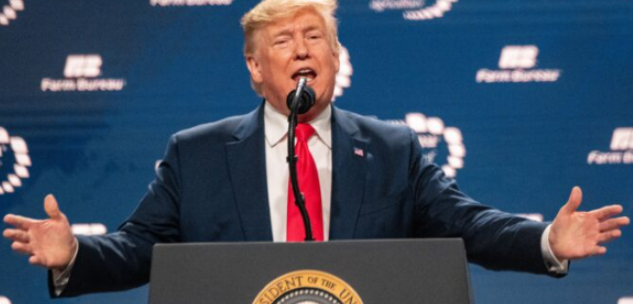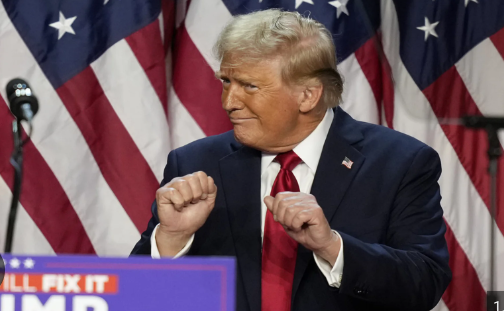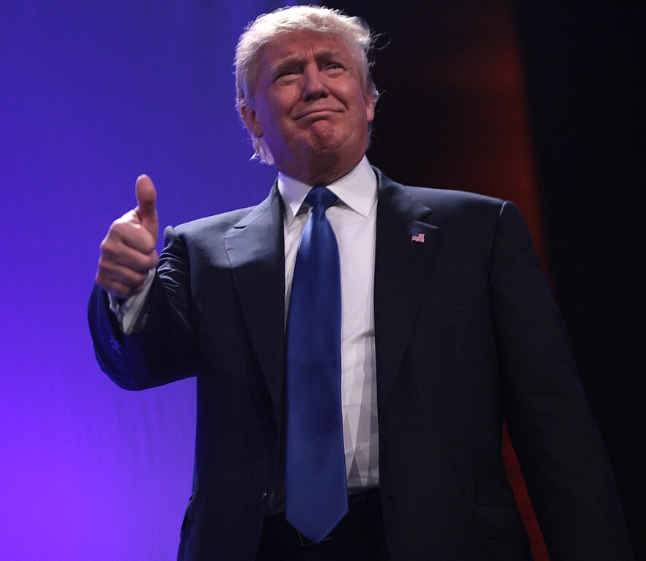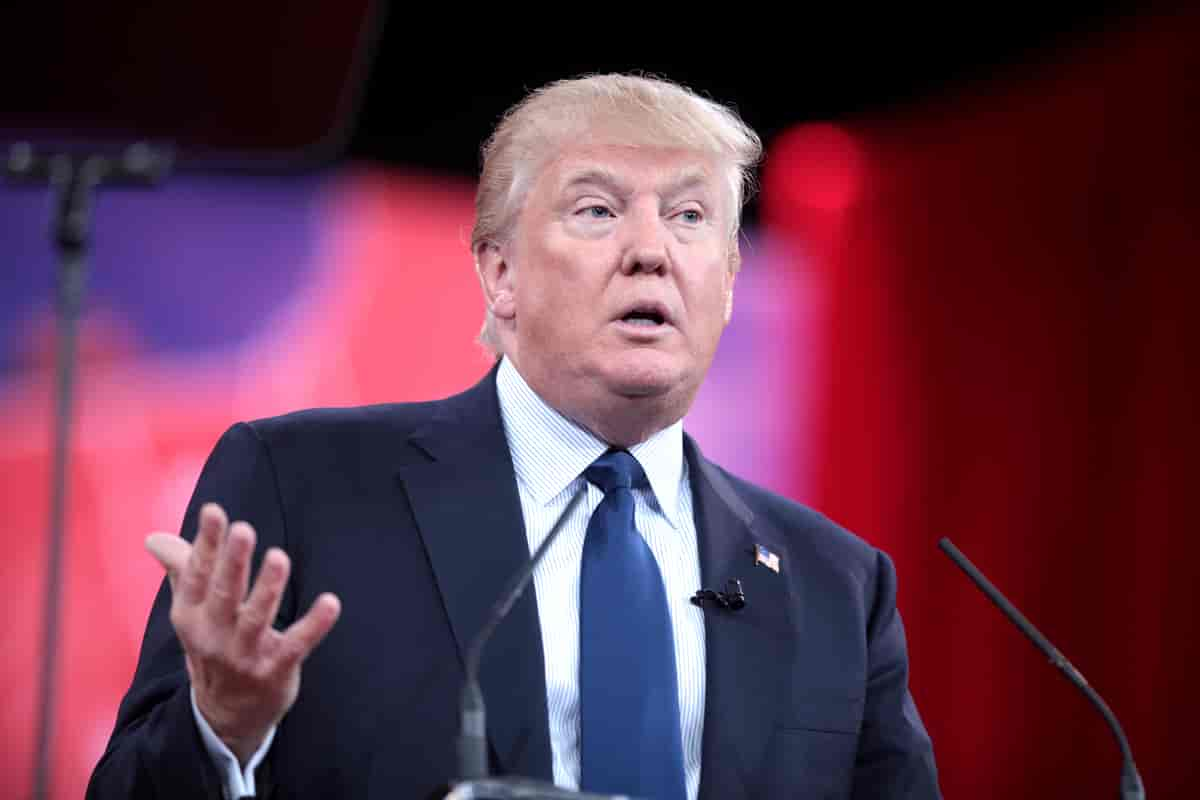Trump’s 49.8% approval rating is projected to be the defining factor in the 2026 midterms, economic policy, and global strategy.
What to Know:
- His 49.8% approval is higher than his first-term average but far more polarized than past presidents.
- Presidents with approval below 50% in midterms historically see their party lose seats.
- Economic concerns dominate voter priorities, with 63% citing inflation as their top issue.
- 58% of Americans support tariffs on China, while 46% oppose them, showing a foreign policy divide.
- If Trump’s approval drops below 45%, Republicans could face major losses in 2026.
In modern American politics, few numbers carry as much weight as a president’s approval rating. It influences midterm elections, dictates legislative battles, and even shapes how businesses and foreign governments respond to U.S. policies. As of January 2025, President Donald Trump holds a 49.8% approval rating, with 44.8% disapproving.
This figure is higher than his first-term average of 45%, but it still reflects a deeply polarized nation. For context, Ronald Reagan in January 1981 had an approval rating of 51% with just 13% disapproving, and George W. Bush in January 2001 stood at 57% approval with 25% disapproval. Trump, in contrast, commands strong loyalty from his base but faces persistent opposition from nearly half the country.
With the 2026 midterm elections approaching, his approval rating is more than just a statistic—it’s a barometer for Republican electoral prospects, Democratic strategies, and the broader policy landscape.
The Midterm Effect: What History Tells Us
Midterm elections are often a referendum on the sitting president. Historically, a president’s party suffers major losses when their approval rating drops below 50%. This trend has played out consistently over the last few decades:
- In 2010, Barack Obama’s 45% approval rating led to Democrats losing 63 House seats.
- In 1994, Bill Clinton had 46% approval, and Democrats lost 52 seats.
- In 2006, George W. Bush’s 37% approval saw Republicans lose 30 seats.
Source: Data from The American Presidency Project
The data is clear: when a president struggles to stay above 50%, their party pays the price at the ballot box.
For Trump and the Republican Party, this means that holding onto congressional seats in 2026 will depend largely on whether his approval remains stable or declines further. The challenge for Republican candidates will be navigating their association with Trump: in red districts, full alignment with him may be an advantage, while in swing districts, a measured approach might be necessary.
Democrats, on the other hand, have learned from 2024 that opposition alone won’t be enough. Despite strong Democratic turnout in key areas, voters ranked the economy as their top concern, according to polling from the Progressive Change Institute. Their data showed that Independents in Michigan and Pennsylvania were 18 points more likely to support Kamala Harris when she focused on economic issues rather than campaigning against Trump.
For Democrats to capitalize on Trump’s disapproval, they must offer a compelling policy agenda, not just resistance to his leadership.
The Economy and Trump’s Approval
A president’s approval rating is often tied to economic performance. Trump’s first term saw the Dow Jones rise by 56%, but also a period of intense economic volatility—particularly during the COVID-19 pandemic. Inflation peaked at 9.1% in 2022, the highest level since 1981, and concerns over wages and cost of living persist.
Now, in 2025, the economy remains a critical issue:
- The Congressional Budget Office (CBO) projects 2.1% GDP growth for the year.
- 63% of Americans list inflation as their top economic concern.
- Small business owners fear Trump’s tariffs will negatively impact their industries.
These figures matter because economic confidence is directly tied to presidential approval. If inflation stabilizes and job growth remains strong, Trump’s approval could hold steady or even rise. If economic instability returns, his numbers could take a hit—which would be an early warning sign for Republicans ahead of 2026.
Foreign Policy and Global Perception
Presidential approval ratings influence foreign leaders' interactions with the United States in addition to domestic politics. A president with strong approval is seen as politically stable, allowing them to negotiate from a position of strength. A president with declining approval, however, may struggle to maintain international credibility.
Recent polling reflects divided opinions on Trump’s foreign policy approach: 58% of Americans back tariffs on China, while 46% oppose them. Support for tariffs on Mexico and Canada is lower, at 39% and 34%, respectively.
Source: Axios
Trump’s approach to foreign policy in his second term—particularly regarding China, NATO, and military engagement—will depend on whether his approval rating remains stable. If it drops below 45%, expect adversaries like Russia and China to test U.S. resolve in trade and military conflicts. For European allies, Trump’s approval will shape their decisions on whether to fully align with U.S. policies or maintain a more independent approach to global affairs.
Where Is Trump’s Approval Headed?
After the 2016 presidential election, President Donald Trump's approval rating experienced a decline during his first year in office. According to FiveThirtyEight, his approval rating stood at 37.9% on December 31, 2017, representing a decline of 7.6 percentage points since his inauguration on January 20, 2017.
|
There are two key unknowns:
|
Wrap Up
Trump’s approval rating will set the tone for the next two years. It will influence how Republicans campaign, how Democrats position themselves, and how businesses and global leaders react.
For Republicans, holding above 50% keeps them competitive in 2026. A drop below 45% would put them in danger of losing key congressional seats. Avoiding economic instability, legislative gridlock, and political distractions will be their best chance at maintaining control.
Democrats need a clear strategy that moves beyond opposition. Voters have already shown that economic concerns outweigh political battles. Without a compelling plan on inflation, wages, and job security, they risk failing to capitalize on any weaknesses in Trump’s presidency.
Every decision between now and 2026 will be shaped by this approval rating. Whether it climbs or falls will determine who holds power, what policies move forward, and how voters respond. Ignoring it is not an option.





